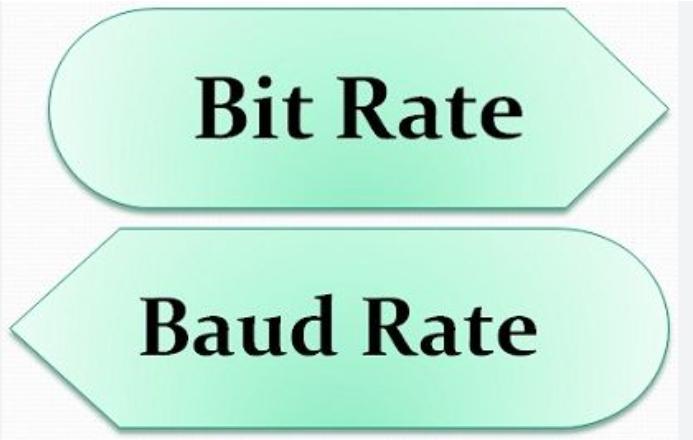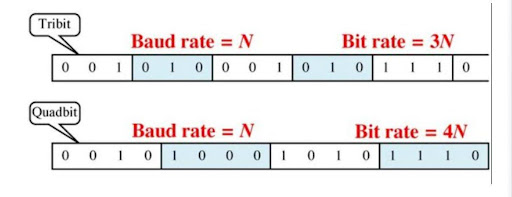Thinking About Plastic Surgery Before Your Wedding? Here’s What You Should Know
- December 11, 2025
- blog
Alright, let’s be real—weddings can feel like the Olympics of looking good. The buildup, the photos,… Read More

The baud rate has evolved significantly in the realm of modern communication technology. Initially, it was synonymous with the bit rate, representing the number of signal changes or symbols per second. However, as technology advanced, baud rate began to delineate more intricate distinctions in signaling capacity and data transmission efficiency. Understanding what is baud rate and this evolution sheds light on how communication methods have become faster and more reliable, laying the groundwork for our current internet capabilities.
In the early stages of telecommunication, the baud rate was a straightforward measure of data transfer speed, essentially 1 baud equaled 1 bit per second. This simple interpretation worked well in the era of telegraphs and early modems, where each signal change directly corresponded to a single bit of data. Devices like the Bell 103 modem, introduced in the 1960s, operated at a baud rate of 300, meaning they transmitted 300 bits per second. Though rudimentary by today’s standards, these early modems marked the beginning of digital communication. Transitioning into the 1980s, modulation techniques improved, allowing multiple bits to be encoded per baud. For instance, Quadrature Amplitude Modulation (QAM) enabled higher data rates by transmitting multiple bits per symbol change. This period saw significant growth in the baud rate, which became crucial for burgeoning computer networks and the nascent internet.
As technology progressed, the distinction between baud rate and bit rate became more pronounced. The bit rate refers to the number of bits transmitted per second, whereas the baud rate indicates the number of signal changes or symbols per second. This differentiation became essential with the advent of more sophisticated encoding schemes. For example, using techniques such as Phase Shift Keying (PSK) and QAM, multiple bits can be represented by a single symbol change. In a 4-QAM system, each symbol change conveys 2 bits, effectively doubling the bit rate relative to the baud rate.
The evolution of baud rate technology directly influenced the development of modern internet infrastructure. High-speed broadband technologies, including DSL, cable modems, and fiber optics, leverage advanced modulation techniques that maximize data transfer rates without necessarily requiring higher baud rates. For instance, VDSL (Very-high-bit-rate Digital Subscriber Line) employs Discrete Multi-Tone (DMT) modulation, allowing for stunningly high bit rates over traditional phone lines. Moreover, understanding and optimizing baud rates remain vital for wireless communication standards such as Wi-Fi and LTE. These technologies use complex modulation schemes and error correction techniques to ensure robust and efficient data transmission.

Looking ahead, the evolution of baud rate in communication technology will continue to be driven by the need for greater data transfer speeds and efficiency. Emerging technologies like 5G and beyond promise to push the boundaries even further. 5G networks utilize advanced modulation and coding schemes, massive MIMO (Multiple Input Multiple Output), and beamforming to deliver unprecedented data rates and low latency. Additionally, research into quantum communication and other next-generation technologies may redefine our understanding of baud rates and bit rates altogether. Quantum key distribution (QKD), for instance, leverages the principles of quantum mechanics to enable secure data transmission, potentially introducing new paradigms in how we consider modulation and signaling.
The journey of baud rate innovation reflects the broader narrative of technological advancement in communication. From the modest beginnings of telegraphy and the first modems to the sophisticated broadband and wireless technologies of today, the evolution of baud rate has been instrumental in enhancing data transmission efficiency and speed. As we stand on the brink of even more revolutionary developments with 5G and quantum communication, the term “baud rate” continues to represent not just a technical parameter but a cornerstone of our interconnected world.